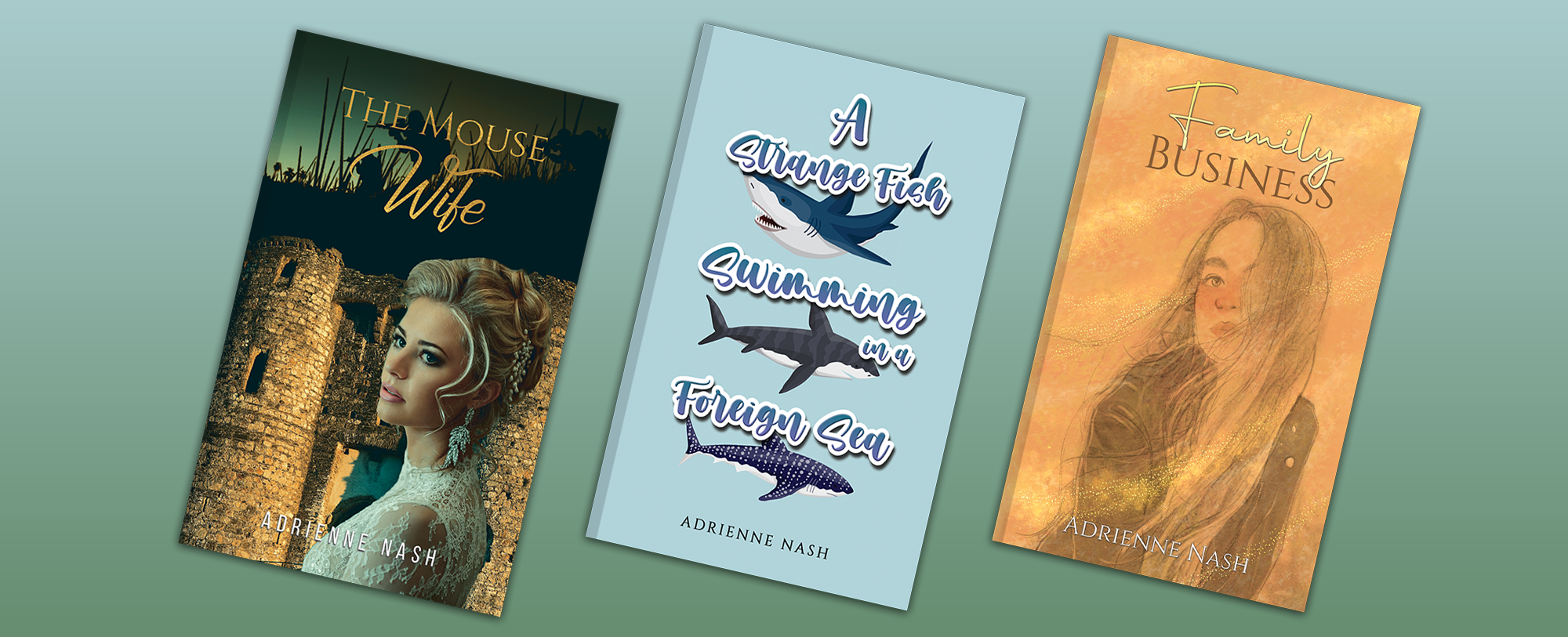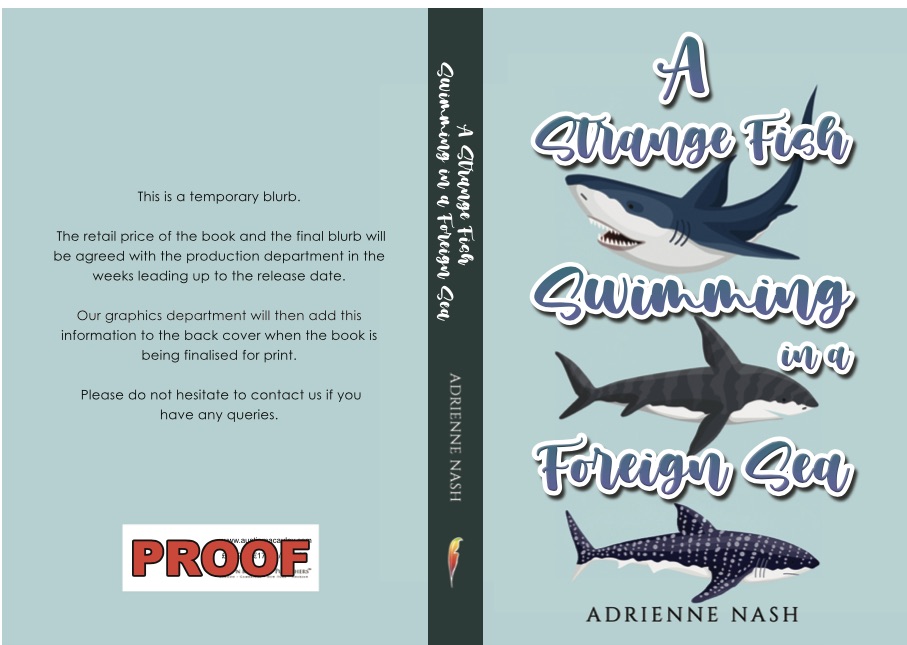I was born male, five days after the outbreak of WW2, September 1939. I suffered a difficult childhood, brought up in a village on the North Downs, the chalk uplands that form a line of hills from Dover to Farnham in Surrey. My village lay due south of the City of London at around 166 metres’ elevation, not high by any standard but high enough to be cool in summer and cold in winter. It was high enough, too, for German bombers to fly over at low elevation and high enough for the later V2 ‘doodlebug’ to cross at perhaps just a couple of hundred feet. One passed by my bedroom window at roof height, awakening and terrorising five-year-old me, and obliterated a house converted to flats a mile away, killing 18 innocents. Another blew up in the field opposite, breaking the house windows and shattering tiled roofs. It was not the only war that made life difficult, but a general unhappiness. I wasn’t understood, nor did I understand the world about me. On my first day at school, I wanted to play with the girls but was told to play with the boys. Returning home, I asked Mum why I was not dressed in a gymslip like the others. It was only then I discovered I was a boy.
I attended boarding school in Cambridge and then in puberty lost my way as gender dysphoria, unrecognised then—although of course it existed—became an obsession. The vague feelings of dissatisfaction with my life as a boy had become an unbearable preoccupation, and my schoolwork suffered. Once popular at school, I became a loner and would take myself off to hide in a dry ditch, cry, smoke, and burn myself.
I attempted to change gender but at that time, the late 1950s, there was no help or hope of that.
At 18, I joined a bank, Bank of West Africa that no longer exists, and volunteered to work in West Africa. After minimal training at the head office in the City of London, I was sent at just 21 years old to Sierra Leone, thus avoiding National Service in the RAF. I worked two 18-month tours but a total time of three years and three months in Sierra Leone, suffering dengue fever, septicaemia, and a witch doctor’s curse.
Thereafter I first worked as a bar manager, then for an American food company and then the Civil Service. I transitioned to become Adrienne finally in 1977. In 2002, I co-wrote with Brian Watts, sadly deceased, a book, ‘Wide Skies’, a history of the Norfolk and Norwich Art Circle, to which Sir John Arnesby Brown, Sir Alfred Munnings and Edward Seago belonged, all eminent artists of their time, now deceased. The Circle continues to flourish.
At 70 years old, I began writing in earnest, at first publishing on Amazon, having received several rejections from agents and publishers. I am now 83 years old and still tapping the keys.
I was an ardent windsurfer and skier but now play lawn bowls. I live alone with my cat, Milly, in Norfolk. I am as reasonably happy as I deserve to be.
Novels by Adrienne Nash
The Quartet. “Trudi”; ~ “Trudi in Paris”; ~ “Trudi and Simon”; ~ “Trudi without Simon”.
“Breakdown”.
“Long Journey into Light”.
“Castle Murkie”.
“The Trials of Sienna Chambers”.
“The Cellar”; ~ and sequel, ~ “A Time to be Brave”.
“The Mouse Wife”.
“A Strange Life”. (Autobiography of the Author)
“Tina G.”
“To Love and Love Not.”
“Coming Out”.
“From the Ashes”
“Suddenly this Summer”
the sequel “Prejudice and Sensitivities”.
“Holly”
“Lost in the Snow”
“Owning Lili”
“Loyalty”
“The Passing of Little Tough Guy”
“Deliverance”
“Sasha”
“The House of Lies and Secrets”
Social History.
“Wide Skies” by Adrienne May and Brian Watts.




